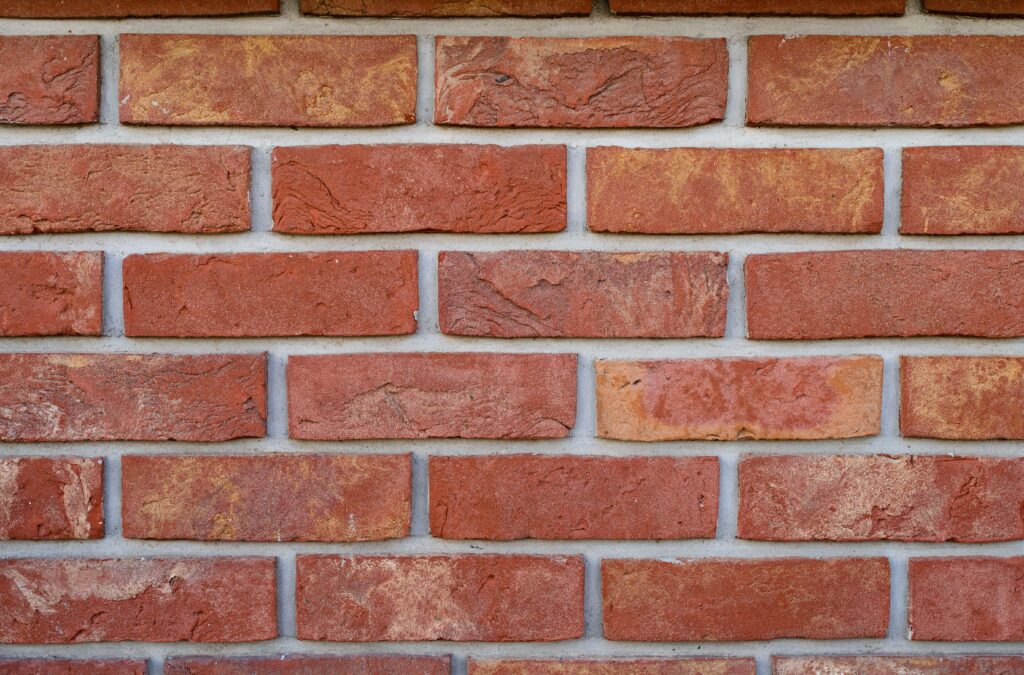As more homeowners look for ways to reduce chemical use in their homes, natural pest control techniques have gained popularity. From essential oils to homemade traps, there are countless methods recommended for keeping pests at bay. But do these natural approaches really work? In this guide, we’ll look at common natural pest control methods, separating those that are effective from those that may fall short.
What Works: Essential Oils for Certain Pests
How It Works: Essential oils, such as peppermint, eucalyptus, and tea tree oil, are known for their strong scents, which can deter some pests, especially insects like ants and spiders. These oils work by masking the scent trails or pheromones that pests use to communicate, making it harder for them to navigate and locate food sources.
How to Use: To use essential oils for pest control, dilute a few drops in water and spray around windowsills, doorways, and other entry points. You can also place cotton balls soaked in essential oils in problem areas.
Limitations: Essential oils are generally effective for minor pest issues but may not work on larger infestations. While they can deter certain insects, essential oils are not a solution for pests like termites or bed bugs.
Conclusion: Essential oils are worth trying for small-scale pest problems, but for persistent issues, a comprehensive pest control plan may be necessary. Agile Pest Control can help assess the extent of an infestation and recommend effective treatments.
What Doesn’t Work: Ultrasonic Pest Repellents
How They Work: Ultrasonic pest repellents emit high-frequency sound waves that are supposed to deter rodents, insects, and other pests. The theory is that the noise will irritate pests, driving them away from the area.
Reality Check: Studies have shown mixed results for ultrasonic repellents, with many indicating little to no effect on pests. Over time, pests can become accustomed to the sound, reducing its effectiveness. Additionally, sound waves do not penetrate walls or furniture, limiting the device’s range.
Conclusion: Ultrasonic repellents are not a reliable natural pest control method. For consistent results, physical and chemical control methods are more effective.
What Works: Diatomaceous Earth (DE)
How It Works: Diatomaceous earth (DE) is a natural powder made from the fossilized remains of tiny aquatic organisms. DE works by damaging the exoskeletons of insects, leading to dehydration and death. It’s effective against crawling pests like ants, cockroaches, and fleas.
How to Use: Sprinkle DE in areas where pests are likely to travel, such as cracks, corners, and near doorways. Ensure it remains dry, as moisture reduces its effectiveness.
Limitations: While DE can be effective, it works slowly, requiring several days to see results. It’s also not effective against flying insects or larger pests, like rodents.
Conclusion: Diatomaceous earth is a powerful, natural pest control option for minor crawling insect issues. However, it’s not a comprehensive solution and should be combined with other methods for larger infestations.
What Doesn’t Work: Coffee Grounds for Repelling Ants
How They Work: Coffee grounds are sometimes recommended as an ant repellent, as their strong scent is thought to mask the scent trails ants follow.
Reality Check: While coffee grounds might briefly confuse ants, they won’t deter them entirely. Ants are highly adaptable and can reestablish scent trails, rendering coffee grounds ineffective.
Conclusion: Coffee grounds are not a reliable solution for controlling ants. Instead, sealing entry points and using bait traps are more effective ways to handle ant problems.
What Works: Neem Oil for Garden Pests
How It Works: Neem oil, derived from the neem tree, is a natural pesticide effective against a variety of garden pests, including aphids, caterpillars, and mites. Neem oil disrupts pest feeding and reproduction, helping to control populations over time.
How to Use: Dilute neem oil with water and apply to plants with a spray bottle. Reapply as needed, especially after rainfall or irrigation.
Limitations: Neem oil is only effective on pests that consume the plants it’s applied to, so it’s not suitable for all types of pests. Additionally, it may not provide immediate results, as it works over time to reduce pest populations.
Conclusion: Neem oil is an excellent natural pesticide for gardens but may not be effective indoors or on non-plant-based pests.
What Doesn’t Work: Cucumbers to Repel Cockroaches
How It Works: Cucumbers are believed to repel cockroaches due to their natural scent. Some people place cucumber slices in areas where cockroaches are likely to appear.
Reality Check: There is little scientific evidence supporting the idea that cucumbers repel cockroaches. Cockroaches are highly resilient and will not be deterred by the scent of cucumbers.
Conclusion: Cucumbers do not offer an effective solution for cockroach control. For reliable results, consider using traps, baits, or professional pest control services.
What Works: Vinegar for Fruit Flies
How It Works: Vinegar is effective at attracting and trapping fruit flies. The acetic acid in vinegar attracts the flies, making it a practical solution for managing minor fruit fly infestations.
How to Use: Create a simple trap by filling a small bowl with vinegar and adding a drop of dish soap. The dish soap breaks the surface tension, causing the flies to sink and drown.
Limitations: Vinegar traps are effective for fruit flies but won’t work on other types of flies or pests.
Conclusion: Vinegar traps are a straightforward and effective solution for fruit flies but should be used alongside other methods if you’re dealing with multiple types of pests.
What Doesn’t Work: Mothballs for Insects Other Than Moths
How They Work: Mothballs release a toxic vapor that repels moths and is occasionally suggested as a general insect repellent.
Reality Check: Mothballs are only effective against specific moth species and have limited impact on other pests. Additionally, mothball vapors can be harmful to humans and pets if used improperly.
Conclusion: Mothballs should not be used as a general pest control solution, as they are ineffective for most pests and pose potential health risks.
What Works: Physical Barriers and Traps
How They Work: Physical barriers like mesh screens, caulking, and door sweeps prevent pests from entering your home. Traps, such as glue traps or rodent traps, capture pests without chemicals.
How to Use: Install door sweeps, repair window screens, and use caulk to seal cracks and crevices. Set traps in areas where pests are active.
Limitations: Physical barriers and traps are effective for keeping pests out and reducing indoor populations but may not eliminate large infestations.
Conclusion: Physical barriers and traps are a cornerstone of natural pest control and should be part of any integrated pest management plan. For serious infestations, Agile Pest Control can assist with advanced solutions tailored to your home’s specific needs.
Final Thoughts: Combining Natural and Professional Pest Control
Natural pest control techniques can be effective, especially for minor infestations and for maintaining a pest-free environment. However, natural methods are often best used as preventive measures or in conjunction with professional pest control services. For instance, sealing entry points and using essential oils can deter pests, but they may not be enough to resolve a large-scale infestation.
When dealing with persistent or severe infestations, professional pest control services, such as those offered by Agile Pest Control, can provide comprehensive solutions. Professionals have access to tools, treatments, and knowledge that ensure a thorough and long-lasting result, helping to keep your home safe and pest-free.
By knowing which natural methods work and which don’t, homeowners can make informed choices to manage pests effectively. While natural techniques have their place in pest control, combining them with professional services offers the best protection and peace of mind.





